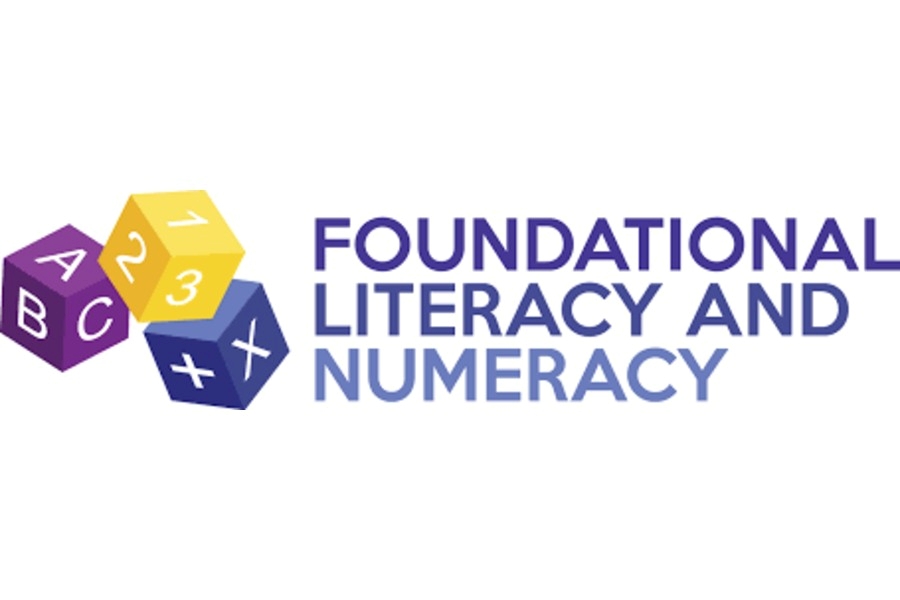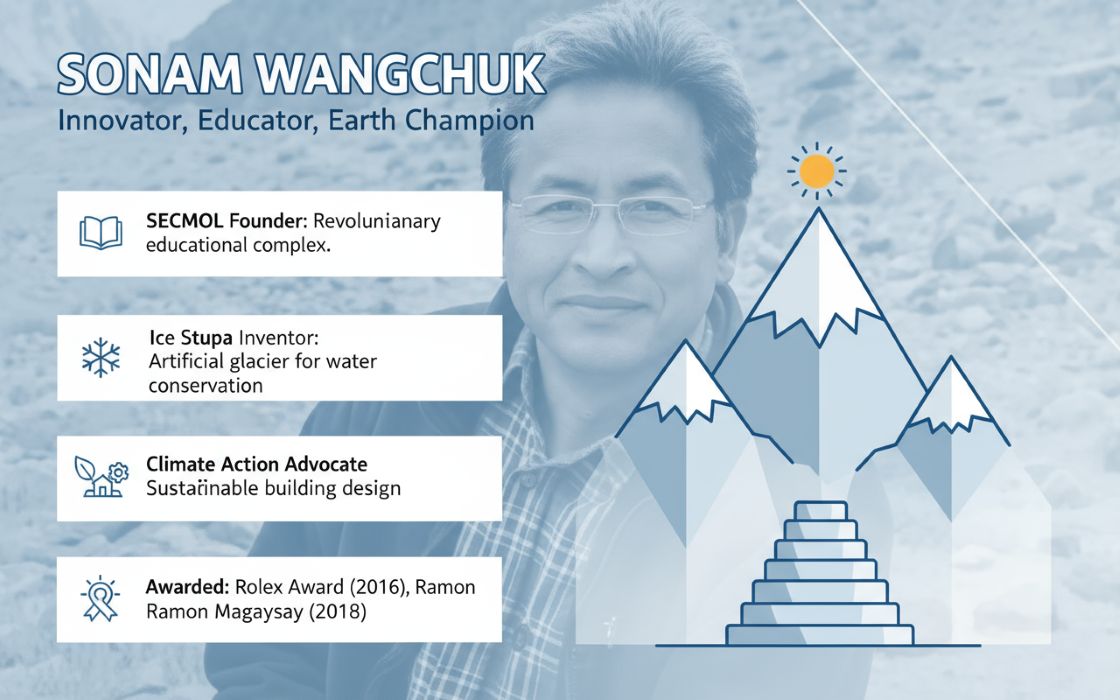In a time when sustainability and social impact are no longer optional but essential to long-term business success, Xoriant is setting a compelling example of how ESG can be woven into the very DNA of a technology enterprise. With a remarkable leap in its ESG score—from 73 to 86—Xoriant is demonstrating that purpose-driven growth is both achievable and measurable.
In this exclusive conversation with TheCSRUniverse, Ms. Krupa NS, Chief Human Resources Officer at Xoriant, shares how the company is championing environmental stewardship, fostering inclusive workplaces, and strengthening governance to build a future-ready organization. From smart energy systems and green infrastructure to inclusive leadership programs and community partnerships with organizations like Literacy India, Buniyaad, and the Roti Foundation — Xoriant’s ESG journey is as strategic as it is soulful.
As the company sets its sights on Vision 2030 with a goal to positively impact over 2 million lives, this interview unpacks the values, challenges, and vision shaping Xoriant’s evolution into a responsible corporate citizen of the future.
Q&A
Q. ESG score has improved significantly from 73 to 86. What key strategies and initiatives have contributed to this growth?
A. At Xoriant, our improved ESG score reflects a strategic commitment to building a future-ready, responsible organization through measurable initiatives in environmental efficiency, social responsibility, and strong governance.
On the social front, we've deepened our investment in people, increasing average employee training hours to 40 annually, promoting women's leadership through targeted programs, and embedding inclusivity into our workplace culture. Initiatives like “Bond with a Purpose” have further connected employees with purposeful, community-driven engagements.
Environmentally, we have implemented smart energy-saving systems such as sensor-triggered lighting and zone-based utility controls, while also embracing sustainable habits — from eliminating single-use plastics to introducing green infrastructure and e-learning modules to reduce paper use. From governance standpoint, we have strengthened our privacy frameworks in line with global standards like GDPR and the DPDPA, and introduced more transparent grievance redressal systems for employees and external stakeholders alike.
This growth in ESG performance is not a one-off achievement — it reflects our long-term vision of integrating sustainability into every layer of our business strategy, and our belief that doing good and doing well can go hand in hand.
Q. What governance mechanisms does Xoriant have in place to uphold ethical business practices and responsible corporate growth? How does Xoriant ensure ESG compliance and integrate sustainability into its business strategy?
A. We believe that responsible governance is central to driving both sustainability and integrity in everything we do at Xoriant. Our governance framework is designed not just to ensure compliance but to drive trust, accountability, and long-term value creation. We have implemented strong internal controls, including a comprehensive Business Continuity and Disaster Management Plan, robust risk assessments, and adherence to global data privacy frameworks such as GDPR and India’s Digital Personal Data Protection Act.
Our policies — spanning Diversity & Inclusion, Human Rights, Green Initiatives, Equal Opportunity, and Grievance Redressal — are reinforced by a culture of transparency and ethical conduct. Importantly, we are in the process of establishing an organization-wide grievance redressal mechanism that will be accessible to employees, clients, and stakeholders, further embedding accountability across our ecosystem.
To ensure ESG compliance, we have adopted a structured approach to tracking key performance indicators aligned with global frameworks. While we are not yet publishing integrated sustainability reports, we are actively progressing toward enhanced ESG disclosures and target setting. We also circulate periodic ESG mailers to build awareness and foster a culture of shared responsibility.
At Xoriant sustainability is being woven into our core strategy. From green workplace practices to inclusive hiring and customer-centric feedback loops, ESG considerations inform how we innovate, operate, and grow. As we evolve, our goal is to transition from reactive compliance to proactive leadership in ESG, guided by purpose and accountability.
Q. How does Xoriant assess climate risks, and what steps are being taken to mitigate them?
A. While we are in the early stages of formalizing a climate risk assessment framework, we have proactively implemented several measures aimed at mitigation and resilience. Our internal Green Initiative policy guides our efforts across energy efficiency, waste reduction, and resource conservation.
We’ve introduced energy-saving practices such as sensor-enabled lighting, zone-wise power management, and are exploring renewable energy options, including solar installations and open access sources. These efforts have already led to measurable reductions in energy consumption during peak occupancy. Additionally, we’ve designed our new facility to be sustainability-ready, with better insulation, smart infrastructure, and potential for solar integration, signaling our long-term commitment to climate-conscious operations.
Our shift to digital-first processes, including e-learning modules and reduced paper dependency, complements our broader resource optimization goals. We are also aligning our efforts with frameworks like CDP and are in the process of setting formal GHG emission reduction targets.
Moving forward, we aim to deepen our climate risk evaluation, factoring in both physical and transitional risks, and incorporate it into our enterprise risk management. This will ensure that environmental stewardship remains not just a responsibility, but a strategic advantage for Xoriant.
Q. With 31% female workforce participation, what policies and programs have helped Xoriant foster gender diversity and inclusion? How is Xoriant promoting leadership development among women and underrepresented groups within the organization?
A. We believe diversity is a driver of innovation, and inclusion is what makes it sustainable. With 31% female workforce participation, we’re proud of the progress made — but more importantly, we remain committed to building a more equitable and representative workplace.
Our Diversity, Equity & Inclusion (DE&I) policy lays the foundation, but it’s our culture and programs that bring it to life. We conduct focused hiring drives to attract women talent and have instituted accelerated development programs to nurture women leaders across levels. Initiatives like our “Men as Allies” sessions encourage inclusive mindsets by creating space for dialogue and perspective-sharing, while Pride Month celebrations and inclusive communication practices signal our support for all communities, even those we don’t yet formally track due to privacy reasons.
Leadership development is a key priority. We actively identify high-potential women and underrepresented talent for mentorship and capability-building programs, ensuring they are equipped with the tools, confidence, and opportunities to grow. Our people-first culture, recognized through certifications like Great Place to Work, is further strengthened by feedback mechanisms such as XorSpeak, which allow us to listen and evolve in real-time.
Inclusion is not a one-time goal — it's a continuous journey. At Xoriant, we are embedding inclusion into every aspect of the employee lifecycle, with the belief that diverse perspectives build stronger, more future-ready organizations.
Q. What challenges have you encountered in workforce diversity and inclusion efforts, and how are they being addressed?
A. One of the key hurdles we face is the talent pipeline gap, particularly for mid- and senior-level women professionals in tech. We’re addressing this through focused hiring, leadership development programs, and creating enabling environments that support long-term growth.
Unconscious bias is another area we’re actively working on through sensitization workshops and initiatives like “Men as Allies,” which foster greater empathy and shared responsibility across teams. When it comes to underrepresented communities such as the LGBTQ+ population, we’re taking a privacy-first yet inclusive approach — promoting awareness, celebrating Pride, and ensuring safe spaces for expression.
These challenges have pushed us to listen more, learn faster, and act with intent. Through platforms like XorSpeak and continuous feedback, we’re embedding inclusion into the fabric of our culture, ensuring every voice is heard and valued.
Q. Xoriant has reduced its carbon footprint by 25%. What key initiatives have driven this achievement? Could you elaborate on the company’s transition to renewable energy and how it impacts overall sustainability goals?
A. A 25% reduction in our carbon footprint underscores our strong commitment to sustainability and responsible growth. This achievement stems from a combination of smart infrastructure upgrades and conscious behavioral shifts across our operations.
We’ve implemented sensor-based lighting, smart plugs, and zone-wise utility controls to optimize energy usage. Our teams have embraced sustainable workplace practices — eliminating single-use plastics, reducing paper usage through digital workflows, and using eco-friendly cleaning agents. These small but consistent actions have collectively driven a measurable impact.
Our transition to renewable energy is also underway. While our current workspace presents certain limitations, we are designing a new facility with solar-ready infrastructure, improved insulation, and energy-efficient systems. This future-facing move will accelerate our environmental goals while embedding sustainability into the physical fabric of our operations.
Ultimately, our environmental strategy is closely tied to our larger ESG vision, where operational efficiency, climate responsibility, and long-term value go hand in hand.
Q. What are some of the biggest challenges in achieving sustainability goals, and how does Xoriant plan to overcome them?
A. Driving meaningful sustainability outcomes comes with its share of complexities — from infrastructure constraints to behavioral shifts. At Xoriant, one of the primary challenges we face is the limitation of operating within shared or co-working spaces, which restricts our ability to fully implement renewable energy solutions or green infrastructure at scale.
Another area of focus is data accuracy and availability. Capturing detailed, actionable ESG metrics is essential for setting clear targets and measuring progress. We're currently strengthening our internal systems to enable more structured reporting and alignment with global sustainability frameworks.
Creating lasting behavioral change is equally important. Encouraging every employee to adopt sustainability as a daily mindset — not just a policy — takes ongoing awareness efforts. We’re addressing this through internal campaigns, leadership-driven communication, and employee engagement initiatives that bring ESG goals closer to our people.
We recognize that these challenges are part of a larger transformation journey. With plans underway to develop a formal ESG roadmap, conduct a comprehensive materiality assessment, and scale our impact-led initiatives, we’re focused on building a more resilient, responsible organization — one step at a time.
Q. How do partnerships with organizations like Buniyaad, Literacy India, and Roti Foundation amplify the impact of Xoriant’s CSR efforts?
A. At Xoriant, partnerships are at the heart of our CSR philosophy. Whether it’s Buniyaad, Literacy India, Roti Foundation, Doorstep School Foundation and Ashray Akruti, these collaborations allow us to show up and scale our impact meaningfully and ensure that our interventions are rooted in real community needs.
These NGOs bring deep expertise, trusted community relationships, and proven models of change — whether it’s improving access to education, addressing nutritional gaps, or empowering underserved groups. For instance, through our work with Literacy India, we’ve helped enhance digital learning for children by supporting computer lab infrastructure. With the Roti Foundation, we’re contributing to hunger relief and improved health outcomes in vulnerable urban communities. Our engagement with Buniyaad supports early childhood education and creative development through hands-on programs.
These partnerships go beyond funding — they are collaborative platforms where our employees also engage directly through volunteering, mentoring, and events. This not only amplifies the social impact but also strengthens our culture of empathy and shared responsibility.
By working with the right partners, we ensure our CSR initiatives are not only well-executed but also sustainable, scalable, and deeply human in their impact. Together, we’re not just supporting causes — we’re co-creating solutions for lasting change.
Q. Can you share success stories from your CSR initiatives that have had a transformative impact on communities?
A. We believe CSR success is best reflected in the real stories of impact and transformation, not just in numbers. One such example is our collaboration with Literacy India, where we helped set up a computer lab at their Gurugram center. For many of the children there, this was their first experience with digital learning, and today, they’re not only more confident with technology but also more curious, engaged, and future-ready.
Another initiative close to our hearts is our partnership with the Roti Foundation. By supporting their efforts in distributing nutritious meals across urban centers, we've been able to address hunger in a meaningful, consistent way, reaching individuals who are often overlooked in daily life, from migrant workers to underserved families.
Our engagement with Buniyaad has also yielded a heartfelt impact. Through art and craft workshops, learning sessions, and Independence Day celebrations, we’ve fostered creative expression and joy among young children, many of whom face difficult circumstances in their day-to-day lives. Seeing their confidence grow with every interaction has been incredibly rewarding for our volunteer teams.
These stories remind us that real change happens when empathy meets action. Our CSR efforts are not just about giving — they’re about listening, co-creating, and empowering communities in ways that endure far beyond a financial year.
Q. What are the key focus areas for Xoriant’s Vision 2030, and how does the company plan to achieve its goal of positively impacting 2 million lives? What key ESG and CSR milestones are you aiming to achieve at Xoriant in the next five years?
A. Xoriant’s Vision 2030 is anchored in a bold and heartfelt ambition — to positively impact over 2 million lives through long-term, scalable, and community-driven initiatives. At the core of this vision are four strategic pillars: Cause, Collaboration, Commission, and Communication. These guide how we identify pressing societal needs, co-create with credible partners, deliver measurable outcomes, and build trust through transparent engagement.
Our key focus areas include education, health and well-being, women's empowerment, environmental sustainability, and digital inclusion. By continuing to invest in grassroots NGOs, expanding employee volunteering, and leveraging our tech capabilities to drive impact, we are building a robust foundation for scale and sustainability.
On the ESG front, the next five years will see us formalize and accelerate our roadmap. Our priorities include conducting a comprehensive materiality assessment, launching a sustainability reporting framework aligned with global standards, setting clear carbon reduction targets, and expanding our renewable energy initiatives. We also aim to strengthen board-level ESG oversight and provide targeted training across the organization to embed these values deeply into our culture.
Ultimately, our ambition is to move beyond compliance — to lead with purpose, inspire collective action, and build a company where impact and innovation go hand in hand. Vision 2030 is not just a destination — it’s our commitment to being a force for good, one initiative and one life at a time.

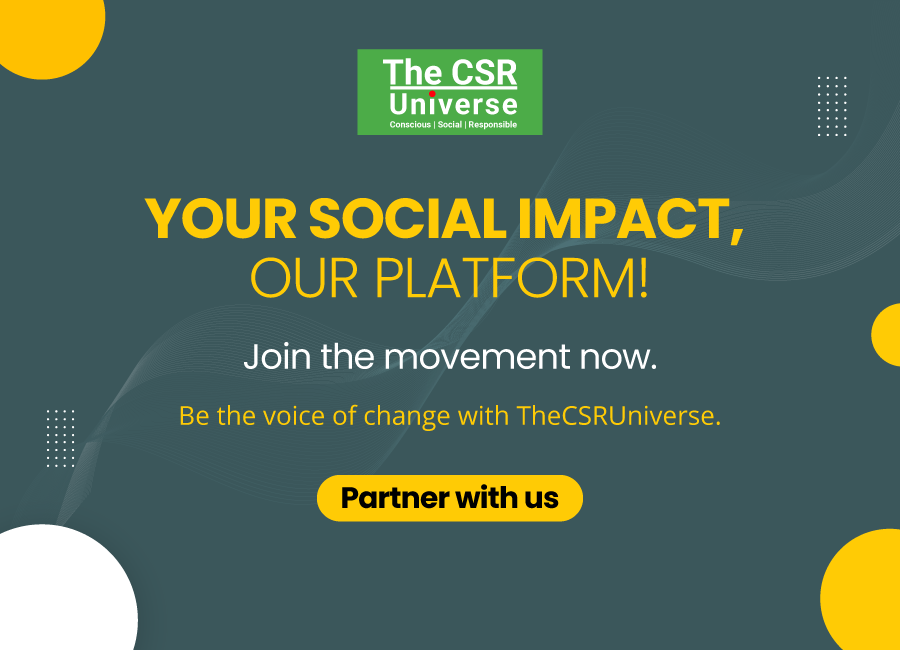


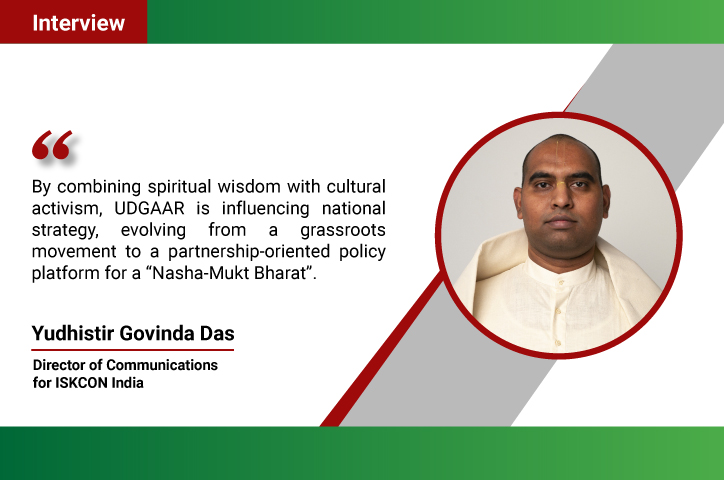

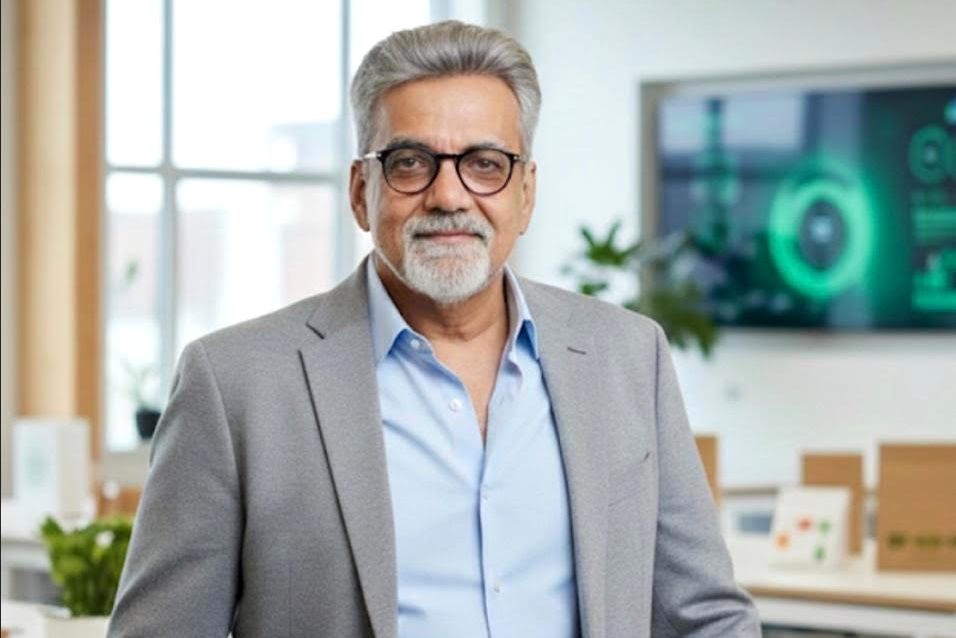

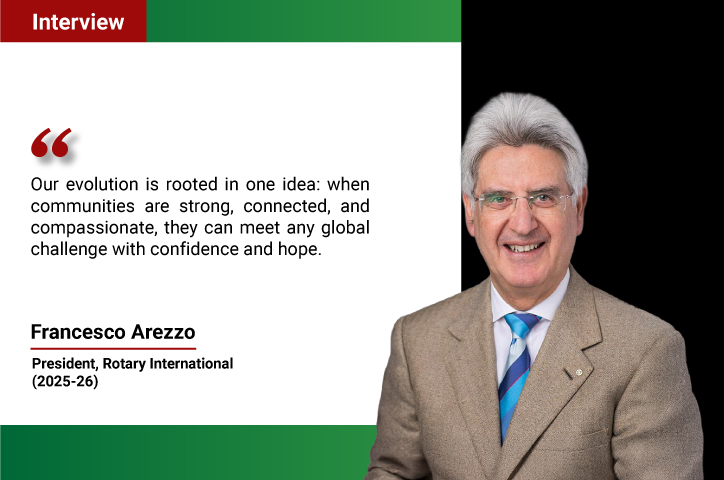
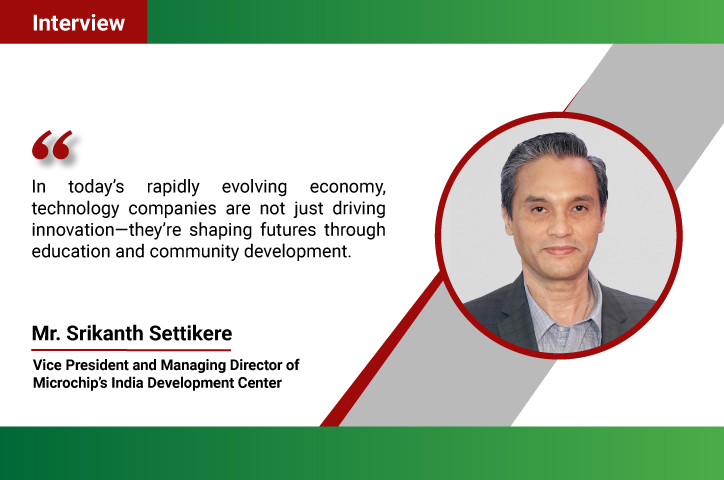
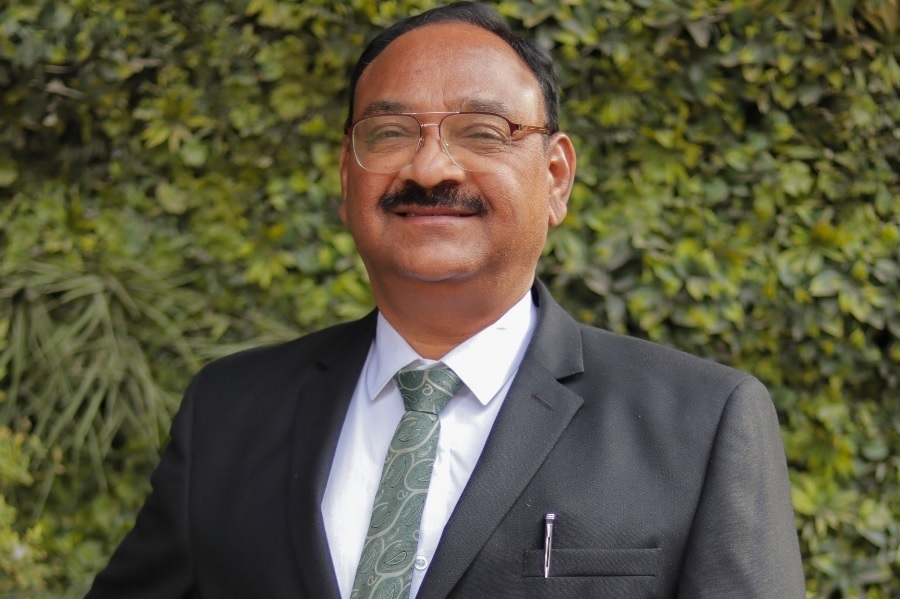
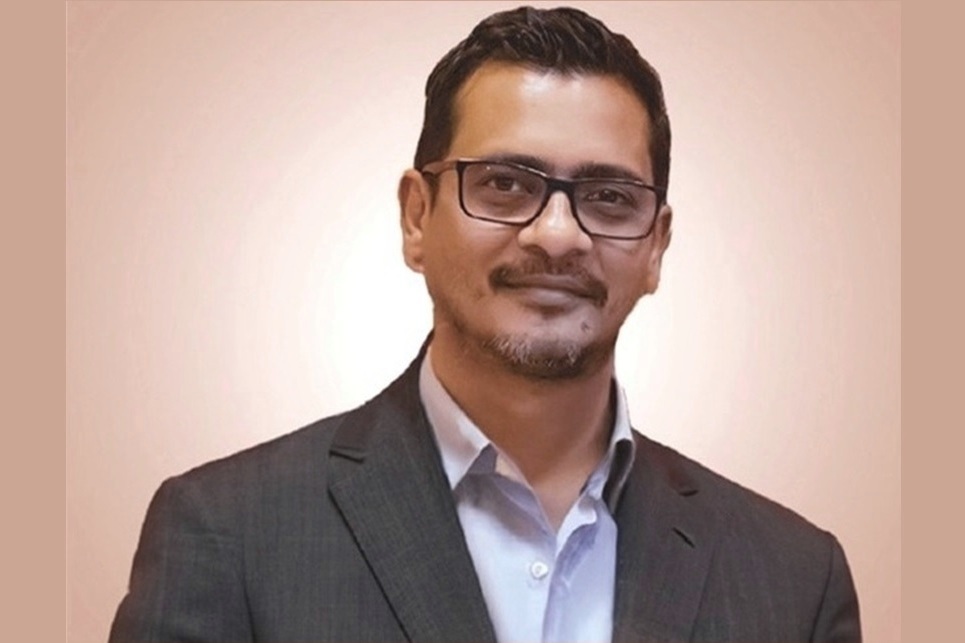



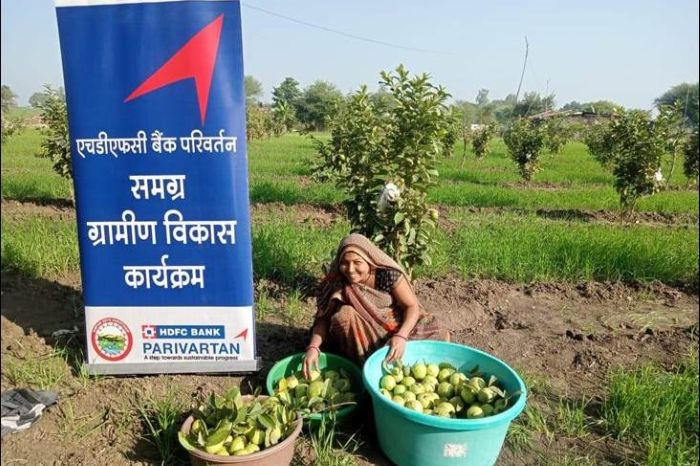
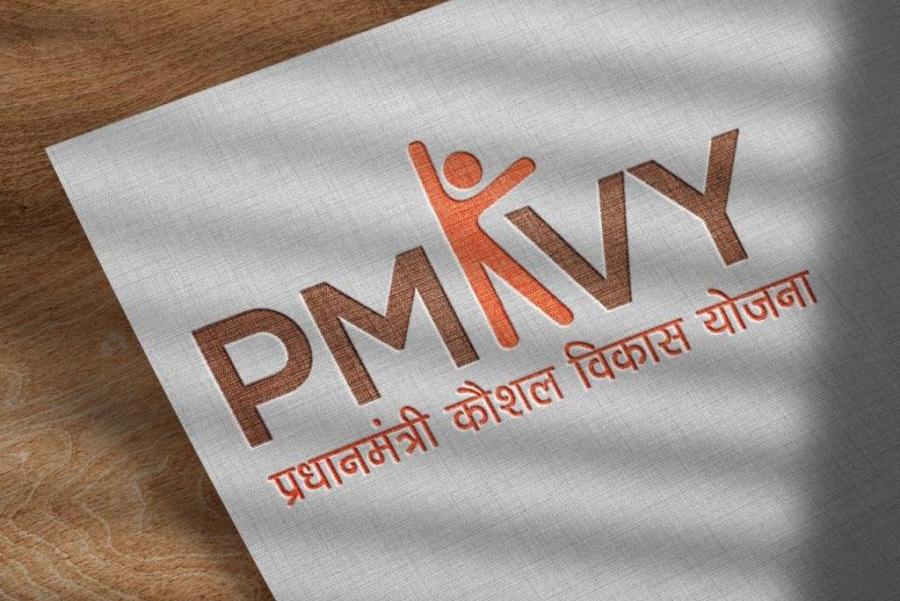
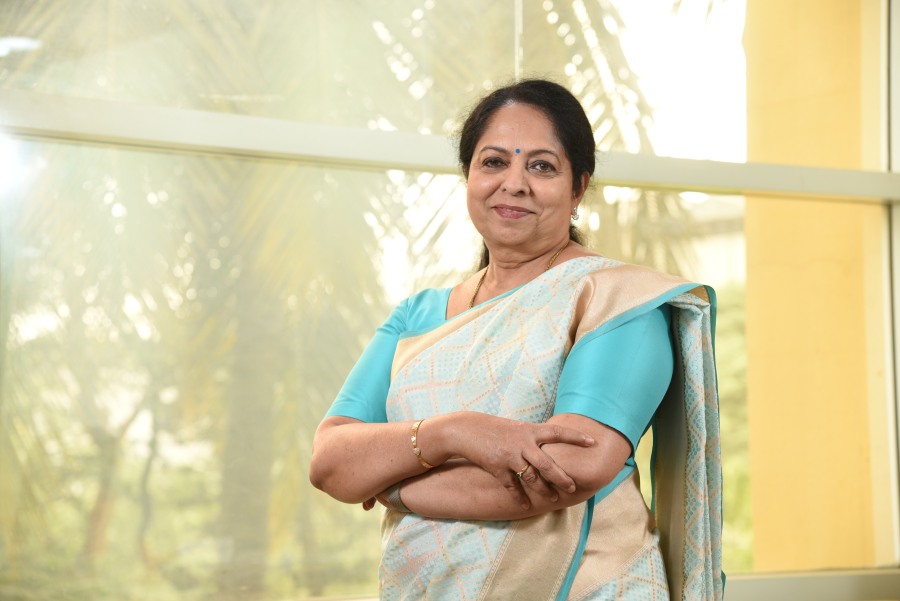
.jpg)
